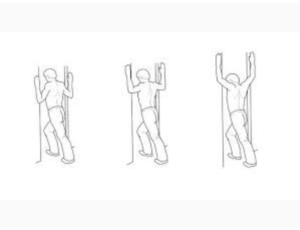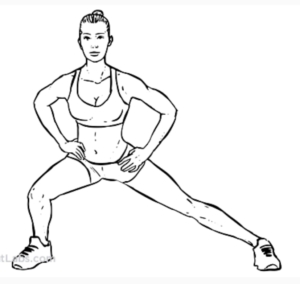Assisted Stretching: Enhancing Flexibility and Mobility for Optimal Performance
We’ve been noticing some new chain locations that offer stretch sessions. This got us thinking, “I wonder if clients know they can request assisted stretches be added to their treatments.” 😊
This article is dedicated to informing our clients and prospective clients about the benefits of stretching and how it can be combined with your massage treatments to enhance results in regards to flexibility, mobility, and overall physical performance. Let’s dive in to how this works.
Understanding Assisted Stretching
Assisted stretching involves a partner, therapist, or specialized equipment to aid in stretching various muscle groups. It typically follows the principles of static or dynamic stretching, but with the added support of an external force to achieve deeper and more controlled stretches. This type of stretching is often utilized in sports and rehabilitation settings, where the focus is on targeting specific muscle groups to address imbalances and limitations.
Benefits of Assisted Stretching
Improved Flexibility: Assisted stretching can significantly enhance muscle flexibility, allowing individuals to move through a wider range of motion. This increased flexibility can lead to improved athletic performance and reduced risk of muscle strains and tears.
Enhanced Recovery: Engaging in assisted stretching after a workout or intense physical activity can help alleviate muscle soreness and reduce recovery time. By gently elongating muscles, it aids in flushing out metabolic waste and promoting better blood flow.
Injury Prevention: Tight muscles are more susceptible to injuries. Assisted stretching can help identify and correct muscle imbalances, reducing the risk of injuries caused by overused or underused muscle groups.
Improved Posture: Assisted stretching can target muscles that contribute to poor posture, such as those in the chest, shoulders, and hips. By lengthening and loosening these muscles, individuals may experience improved posture and reduced discomfort associated with bad posture.
Stress Relief: Assisted stretching can induce a state of relaxation, as it promotes the release of endorphins and reduces tension in the muscles. This can be particularly beneficial for individuals dealing with stress and anxiety.
Types of Assisted Stretching
Passive Stretching: In passive stretching, the individual being stretched remains relaxed while the partner or therapist assists in moving the limb to its endpoint. This method is commonly used for post-workout recovery and relaxation.
Active-Assisted Stretching: Active-assisted stretching involves the individual being stretched contributing to the movement, working against the external force provided by the partner or equipment. This method can help develop strength within the stretched muscle group.
Proprioceptive Neuromuscular Facilitation (PNF): PNF stretching is a more advanced technique that combines alternating contraction and relaxation phases to achieve a greater stretch. It is highly effective for increasing flexibility.
Safety Considerations
While assisted stretching can be highly beneficial, it is crucial to prioritize safety to avoid potential injuries. Seek guidance from a qualified professional who understands the principles of stretching and the body’s anatomical structure. Avoid pushing the body beyond its limits, and communicate any discomfort or pain during the stretching process.
Conclusion
Assisted stretching is a valuable tool for individuals looking to improve their flexibility, mobility, and overall physical performance. By incorporating this practice into their fitness routine, athletes, fitness enthusiasts, and those in rehabilitation can reap the benefits of increased flexibility, injury prevention, and improved recovery. Always approach assisted stretching with care, seeking guidance from trained professionals, to maximize its potential benefits while minimizing the risk of injury. So, take the first step towards better flexibility and mobility by exploring the world of assisted stretching and unlock your body’s true potential!



